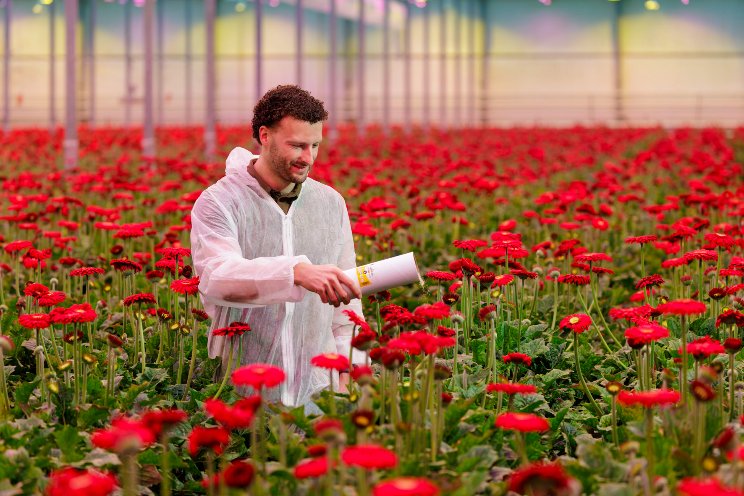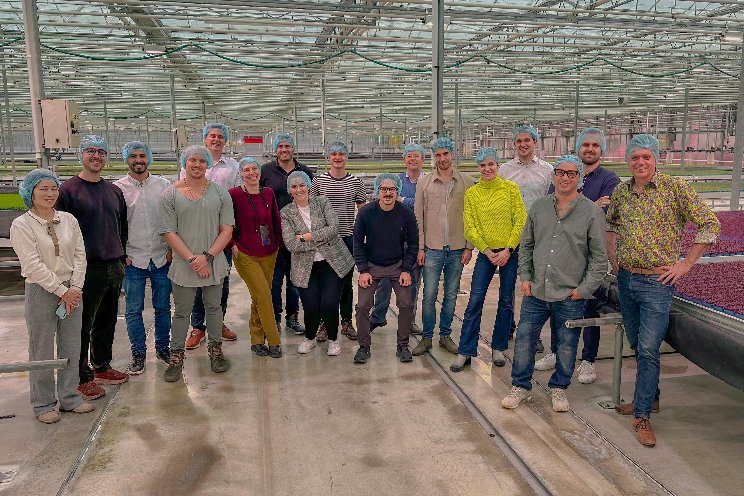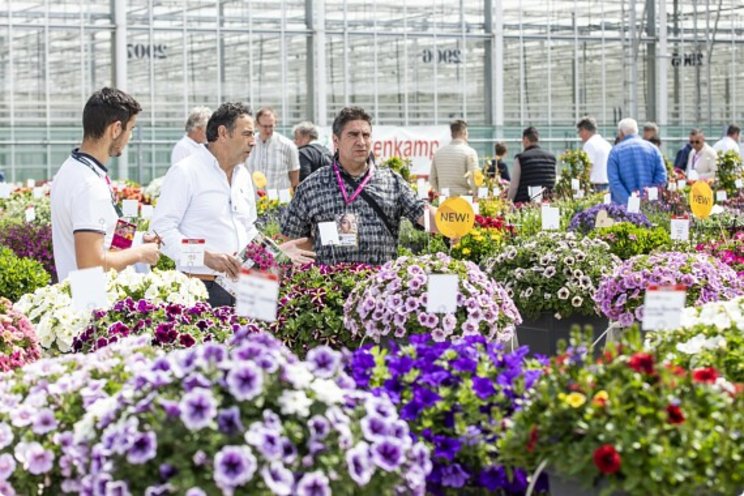Unlocking greenhouse productivity through data-driven HR
Added on 15 April 2024

Seungho Yang, an experienced paprika head grower in Korea, talks about the importance of data-driven workforce management in efforts to improve greenhouse productivity. According to him, many head growers want to see their entire farming progress at a glance. They also want to track workers' real-time work status and results. We also strive to quickly identify pest and facility issues and improve the greenhouse environment. At that time, ‘Data-driven workforce management’ plays a big role. This is because the direct performance of a greenhouse depends on how accurately the agricultural work plan is implemented as intended.
Data-driven work management solutions have been continuously developed and improved by Agtech companies. ioCrops, a Korean Agtech startup that attracted $5.5M Series A investment last year, launched a Workforce management solution called Ation in March this year. Ation is a software-only solution that records and analyzes farm data by scanning a QR code with a smartphone and displays real-time farming progress in the greenhouse through the App and Web. This solution allows you to check various data such as cleaning, deleafing, harvesting, and sorting by operator. Managers can therefore see in real time who is performing better on what tasks. Typical benefits include understanding the farm's work status at a glance, helping to reflect insights gained through the solution into work plans, and reducing routine management tasks such as matching workers and confirming their locations.

2. Screenshot of Ation, a data-driven workforce management solution.
Minseok Lee, Co-founder and Cultivation Director of ioCrops, which operates its own commercial greenhouse using self-developed technology, shares some noteworthy insights with modern growers around the world. These are ‘three principles that innovative managers who want to digitize greenhouses can make a fundamental difference in greenhouse productivity with data-driven work management solutions.’
First, think from the perspective of ‘employees in the greenhouse.’
Unfortunately, the work management solutions that strategic managers want to adopt are often accepted as mere employee tracking software in some fields. Managers who want to make a difference in productivity with data-driven solutions must accurately recognize the positive functions that these solutions provide to workers and appeal to employees.
A work management solution allows workers to know where they should go after completing work on their line, thereby increasing work efficiency. It also strengthens the psychological stability by conveying the message that ‘the manager is aware of the fact that I am actively and efficiently performing my work through objective data.’
Second, remember that it increases ‘employee employment stability.’
Managers who demonstrate excellent leadership already know that ‘all workers in a greenhouse are employees with various motivation points.’ By using a data-driven task management solution, you can go one step further and instill strong motivation in your employees.
Greenhouse managers must clearly understand that a work management solution makes them a 'helper' rather than a 'monitor', helping them to immediately discover difficulties faced by workers and quickly resolve obstacles that prevent them from completing tasks. If so, all employees in the greenhouse will feel a higher level of job security, and we will do our best to ensure that all agricultural work data in the greenhouse is recorded and utilized. And you will motivate yourself to objectively prove your performance and receive greater rewards.
Third, monitor and provide feedback on ‘employee skill improvement.’
From an HR perspective, attempts to use data-driven work management solutions always have positive effects. Rapid application of agricultural technology to the field and creation of visible results does not depend solely on the manager's will. The degree of digitalization of the greenhouse is determined by the attitude of workers, another end-user, who accept the technology.
Using a task management solution, all activities in the greenhouse are tracked. You can then check which tasks were performed by each individual, when, where, and how. Check worker performance and plan work accordingly. What must be accompanied at that time is ‘specific feedback driven on changes in the worker’s skill level.’
If you notice an employee working slowly, you may suspect the following: Problems arise in the work environment, data entry methods are not properly understood, or the employee is in poor health. Conversely, if a worker's performance has improved, it can be judged that his or her skill level has increased. Quickly deliver feedback acknowledging him. Workers will know that their manager is constantly checking their work data. And they will continue to try to prove their abilities through performance of the task.
Data-driven labor management and workforce management are one of the main concerns of greenhouse managers today. The above insights can be useful tips for those looking to improve greenhouse productivity. Understanding and utilizing ‘data-driven work management solutions’ from an HR perspective can be a very powerful and fundamental weapon for growers who want to innovate their greenhouses.
More news















